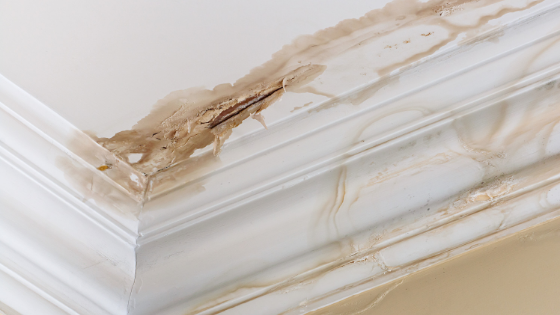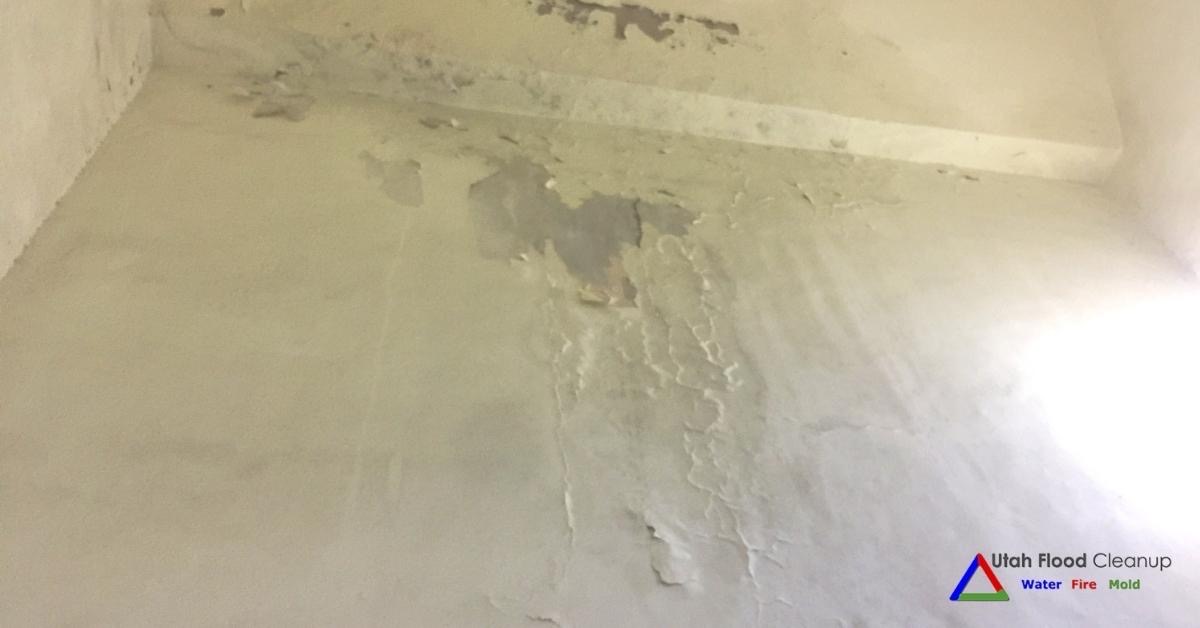Find and Resolve a Stain from Water on Wall Surfaces: Thorough Tips
Find and Resolve a Stain from Water on Wall Surfaces: Thorough Tips
Blog Article
They are making several great points relating to Water Stains on Walls as a whole in this post further down.

Water stains on wall surfaces are not positive to the eyes. Your house ought to lack spots on the wall surfaces, roof covering, or floorings. That is the perfect state of a home and its structures. Sometimes it appears virtually unpreventable to experience water discolorations on walls in homes.
Home owners residing in damp regions frequently handle the anxiety of water stains on wall surfaces. Yet that doesn't need to hold true for you. With well-rounded and exact info on the sources of water stains as well as punctual repair procedures, you will constantly be a step ahead of such occurrences. This article promises to be an useful guide for you.
3 Typical Reasons For Water Discolorations on Walls
Unlike popular belief, water spots on wall surfaces do not always come from inadequate building products. There are numerous reasons for water discolorations on wall surfaces. These include:
Poor Drain
When making a structure plan, it is crucial to guarantee ample drainage. This will certainly prevent water from permeating right into the walls. Where the drainage system is clogged or nonexistent, underground wetness develops. This web links to extreme wetness that you discover on the walls of your structure.
So, the leading reason for damp walls, in this case, can be a poor drain system. It can likewise result from bad monitoring of sewer pipes that run through the building.
Damp
When warm wet air meets with dry cool air, it causes water beads to base on the wall surfaces of structures. This happens in bathroom and kitchens when there is steam from food preparation or showers. The water beads can discolor the bordering walls in these parts of your home and spread to various other areas.
Wet or condensation affects the roof covering as well as wall surfaces of buildings. When the wall surface is wet, it creates an ideal atmosphere for the growth of microorganisms and also fungis.
Pipeline Leaks
A lot of residences have a network of water pipes within the wall surfaces. This makes certain that the pipes are well away from the reach of devastating rats. It constantly raises the feasibility of such pipelines, as there is little oxygen within the walls. This dissuades corrosion.
A drawback to this is that water leak affects the walls of the structure and creates widespread damages. A dead giveaway of malfunctioning pipelines is the look of a water discolor on the wall surface.
Water Discolorations on Wall Surface: Repair Work Tips
When dealing with water spots, homeowners would generally desire a fast repair. Yet, they would soon recognize this is detrimental as the water stains persist. So, here are a few useful tips that will certainly direct you in the fixing of water spots on wall surfaces:
Pro Suggestion
A houseplant in your house additionally increases its humidity. If the house is currently moist, you might desire to introduce houseplants with marginal transpiration. An example of ideal houseplants is succulents.
Conclusion
No one desires to have water stains on walls in their house, it can take place to the best of us. This short article provides you utilize, as you currently know how to handle this incident if it does happen.
It is constantly best to hire specialist solutions to aid deal with the problems in your house.
Sometimes it appears virtually inevitable to experience water stains on wall surfaces in houses.
In contrast to popular idea, water spots on wall surfaces do not always stem from poor structure products. There are several reasons of water discolorations on wall surfaces. The water beads can stain the bordering wall surfaces in these components of your home and spread to various other locations.
Below are a couple of valuable ideas that will lead you in the repair of water stains on wall surfaces:
CHECKING FOR WATER DAMAGE
Water damage can be costly, and it may begin before you even notice the first signs of trouble. Water damage can cause mold and mildew in your walls and floors, which can create an abundance of health concerns for your family. It can also lead to costly repairs of various appliances and general home fixtures. To avoid the pricey consequences of water damage, here are Warner Service’s top 5 places you should check:
The walls – The easiest place to spot the beginnings of water damage is on the walls and ceilings of your home. If water damage is present, there will most likely be water stains, especially around the windows and doorframes, and/or cracks in the drywall. If a stain looks unusual (discolored to brown, black or gray, raised texture), has a swollen appearance or is soft to the touch, contact a professional immediately. The pipes – To avoid water damage, consistently check the pipes in your kitchen (especially the dishwasher and ice maker), bathrooms, laundry room (specifically washing machines) and basement for corrosion, leaks and water stains. Pay special attention to where the pipes connect in your home and the location of caulking around the bathroom fixtures, including toilets, sinks, showers and tubs. Missing or loose caulking and grout could be signs of leaking water. This seepage can also quickly cause mold and rust, so double check your water heater and tank for wet spots on the floor. The floor – Water damage is very easy to spot on the floor. Look for any warping or buckling of the material, especially in the basement. If your home has wood flooring, look for bright white or dark stains. If your home has carpeting, keep it dry and clean. A damp carpet that smells of mold could cause water damage and health problems. To avoid this, consider installing floor pans under your appliances to help prevent damages from small, slow and undetected leaks. The basement and attic – If your basement or attic smells odd check for mold and mildew around the area, especially the valley where the roof meets. While you are inspecting those areas, check for wall cracks, floor stains, rust and dampness in the insulation. If you live in a colder and/or rainier climate, perform routine checks for water damage from melting snow or ice and rain. The exterior – Check the roof for damaged flashing and missing, cracked or curled shingles. There should also be no standing water anywhere outside your home. This could be caused by puddles, leaky rain gutters or hoses, poor drainage, or short gutter spouts. Invest in a sump pump system or water flow monitoring system, and perform routine maintenance on these outdoor appliances to avoid indoor water damage.

I found that review on How to Remove Water Stains from Walls and Ceilings while doing a search on the search engines. If you please take the opportunity to distribute this blog post if you appreciated it. Thanks a bunch for your time. Come back soon.
Schedule A Service Call Report this page